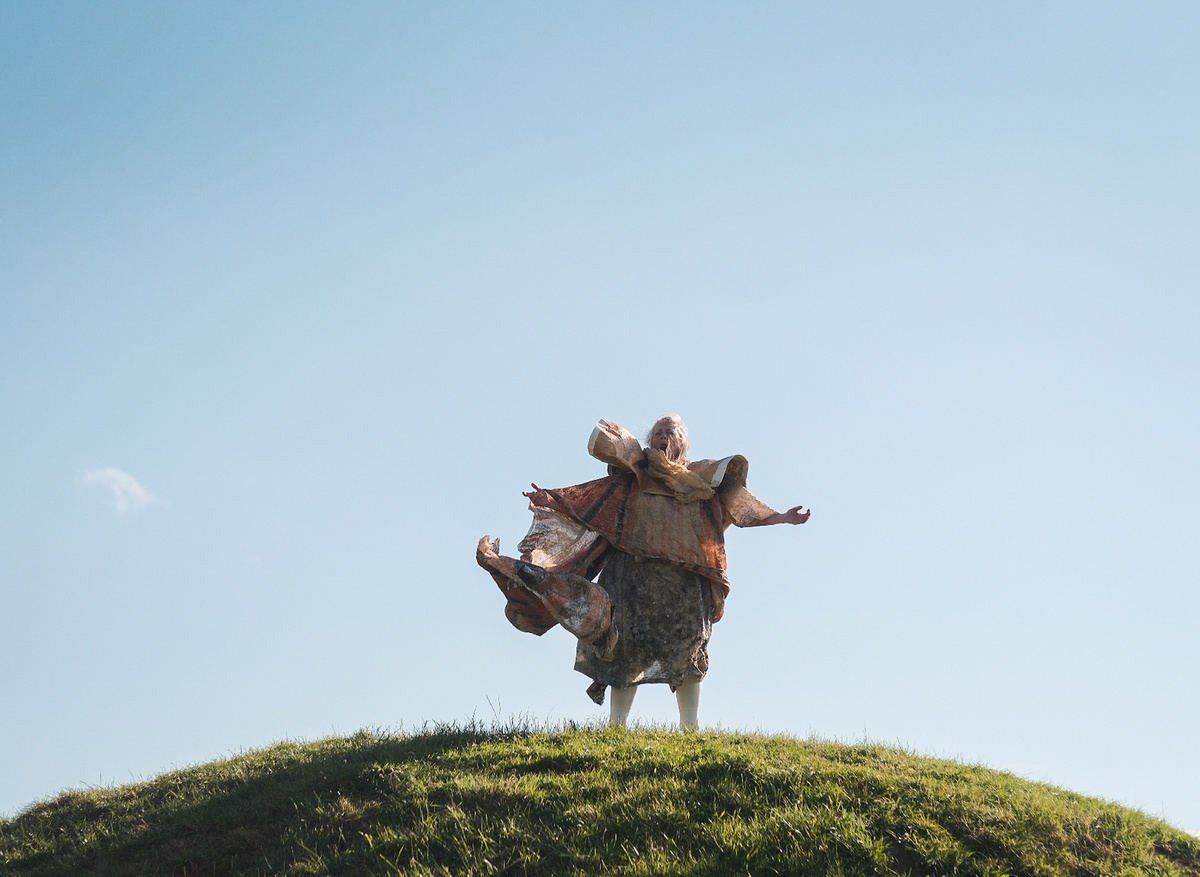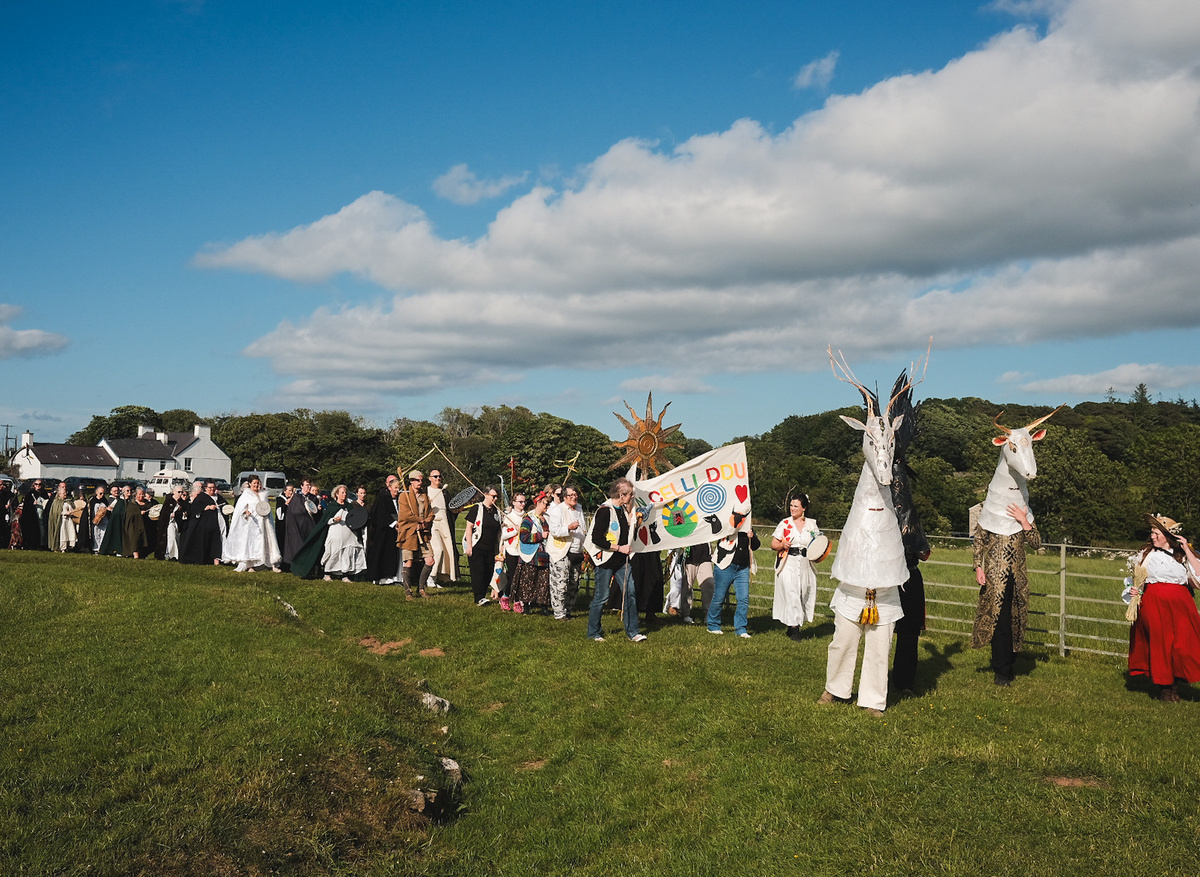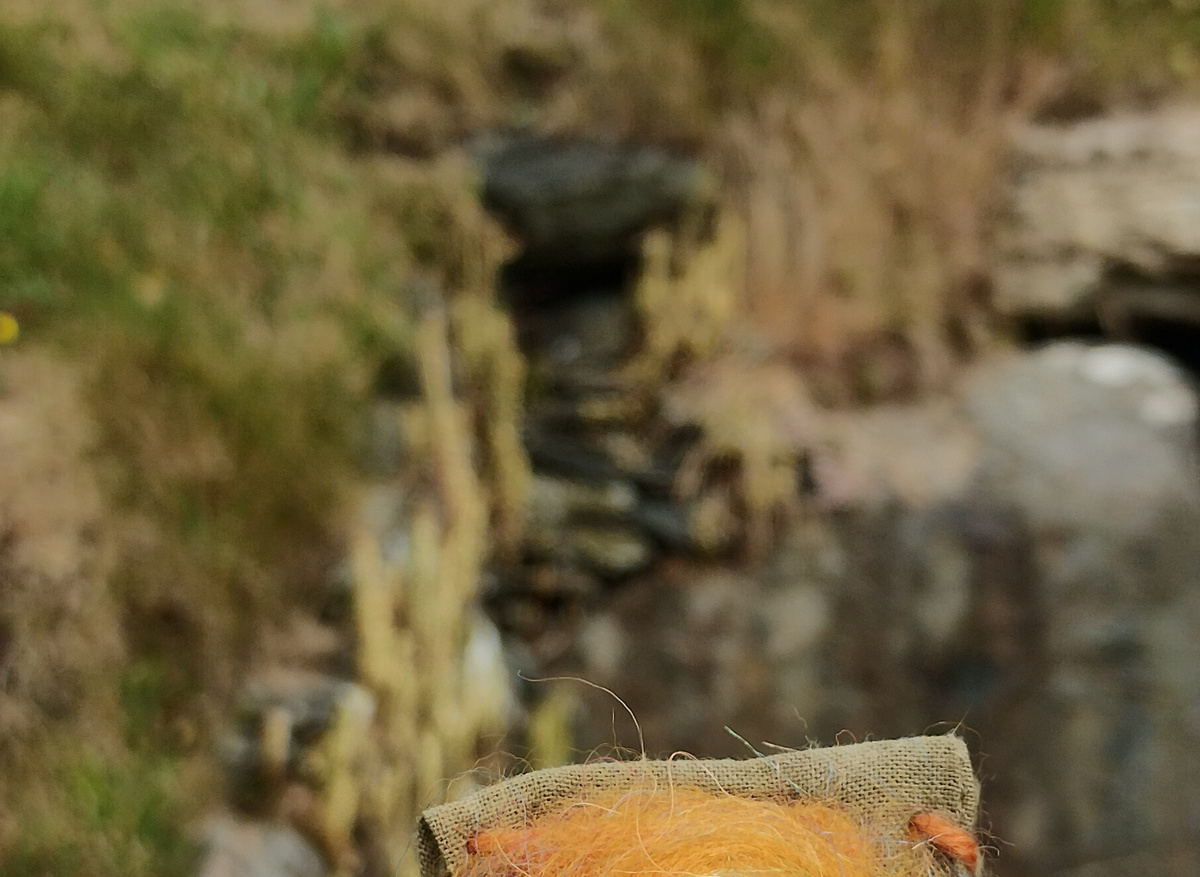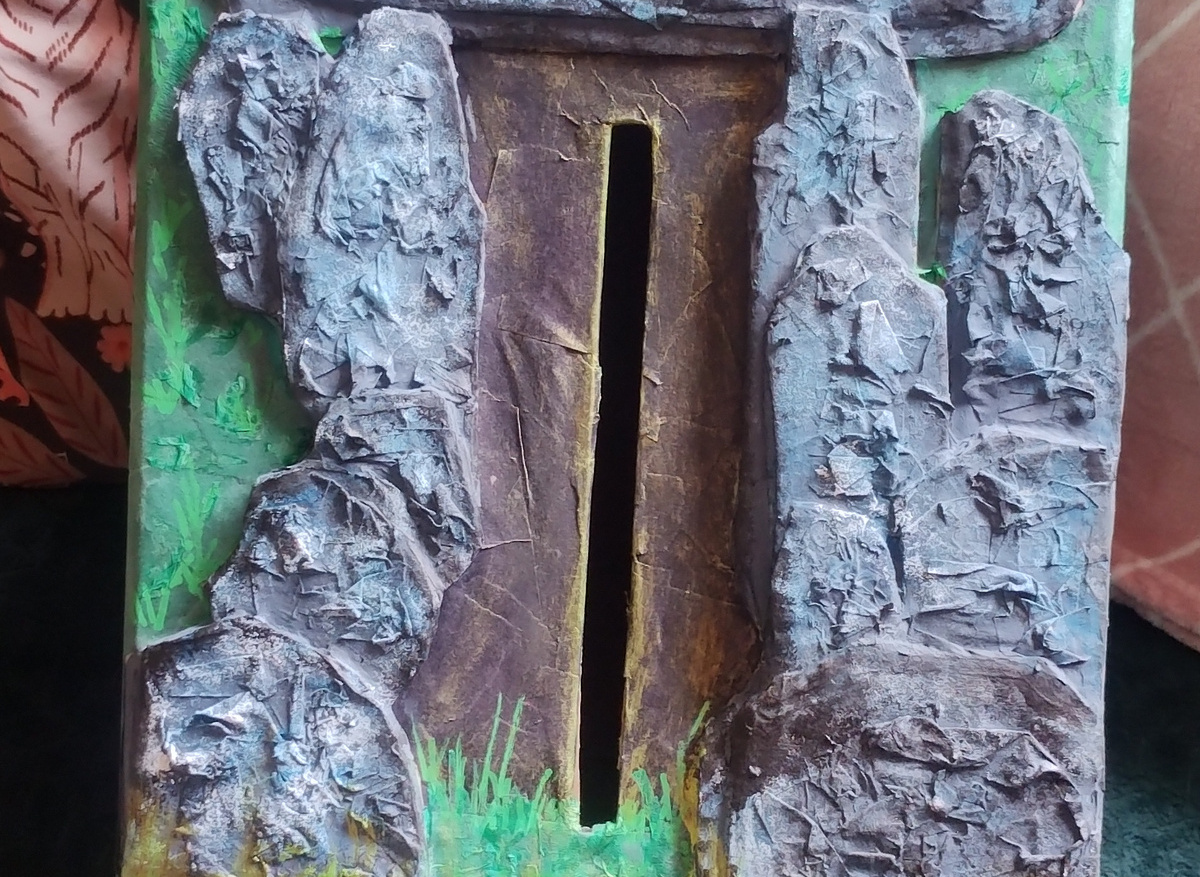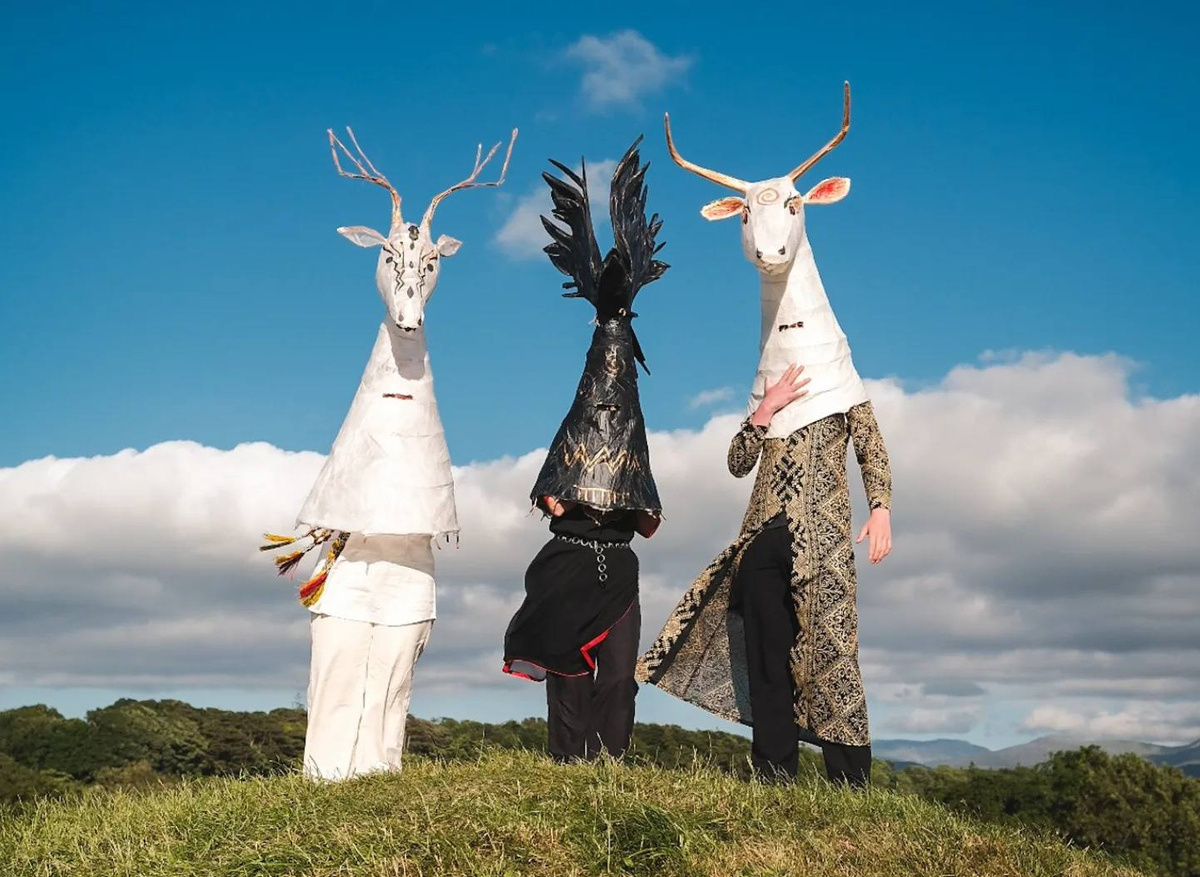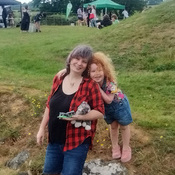Fingers crossed this will be the last Day of Archaeology post I write whilst a PhD student, and I am writing wondering what next. I’m on an AHRC funded programme, based at Manchester Metropolitan University and partnered with Amgueddfa Cymru. I am truly privileged to have the opportunity to study with experts I respect so highly, and to meet the awesome behind the scenes team who keep everything running. It has also been a devastating experience to see an institution that I have adored since childhood try and mitigate the impact of the brutal cuts to Welsh heritage organisations (the National Museum, Cadw, Royal Commission and the National Library have all faced massive cuts to their budgets). To see how these cuts affect lives, livelihoods and wellbeing with people made redundant or seeing cuts in hours/wages. Seeing roles changing to manage ever shrinking resources, and finding myself wondering when we can start to rebuild, and at what point is it too late – have we reached a tipping point where too much has been lost to regain what we once had? And somewhat selfishly where does this leave me?
Writing post the July 4th election I am also pondering what effect the personally much longed for change of government in Westminster will have – is there scope to feel cautiously optimistic under the new Labour government, or will it be more of the same? What effect will devolution have on the choices Wales makes as to what we value as a nation? I guess this is where I will pick up next year so watch this space – I’m going with cautiously optimistic for now as I struggle to see what else can be cut!
To somewhat change the tone of this blog, last year I shared a little bit about my PhD research, so this year I wanted to share my recent placements/training. One big thing that I have been doing throughout my PhD is continuing in my efforts to become a fluent Welsh speaker. Obviously I am hoping that this will help me professionally, but I have also been doing this for me. I have always felt like there was something missing, a part of me that didn’t fully connect with my past and my heritage, and this is my opportunity to change this. I’ve been taking various courses and whilst I’m still far from fluent, I am definitely making progress. I panic less when I can’t think of a word and have (mostly) stopped switching back to English when I feel out of my comfort zone. I’m finally using my Welsh ‘in the wild’ – and my placement with Cadw/Think Creatively at the Bryn Celli Ddu solstice events was the first time I have done this in a professional setting. I won’t lie - it felt daunting at the start but being in such a supportive environment it very quickly felt normal – to switch language depending on who I was talking to, who else was there and the complexity of the conversation.
This year is the 10th anniversary of the solstice events at Bryn Celli Ddu, and it felt extra special to be part of the celebrations as I’ve been volunteering/attending the events since they started. It makes me smile that at the first summer solstice event I was pregnant with our oldest daughter – and she is off to the comp in September! For my placement I assisted with a series of workshops for groups of adults and children from local schools and groups. Bryn Celli Ddu formed the backdrop and inspiration for performance, arts and meditations, and for the first time I was involved in the creative rather than archaeological side of things. My background is in commercial archaeology, so I give talks and do events where we talk about sites and artefacts and make the odd clay pot, but this was something altogether different. I did crafts I had never tried before, and crafts I hadn’t done for years (including making the most over the top visitor feedback box you’ve ever seen) but for me the most incredible experience was seeing the power of theatre and spectacle on bringing an archaeological site to life.
On a school visit, children were processed to the site to a rhythmic drumbeat, and there were audible gasps when they saw the incredible creature on top of the mound, following them as they made their way to the opening of the tomb. A bard emerged from the darkness to tell stories of the changing seasons. Things moved seamlessly between stories and histories with a Cadw archaeologist explaining the history and significance of the site, creating multiple levels of experience and understanding. Small groups then moved around the site to take part in different meditative and creative activities inside and outside the tomb.
This interweaving of folk and archaeological narratives continued throughout the event programme, with re-enactors, archaeologists, performers, artists and druids combining knowledge, skills and experiences to offer different insights into the monument. The site received hundreds (if not more) of visitors over the fortnight, all taking something unique away from their interactions with the site and others present. The climax of the events was the Gwreiddiau (Roots) event, where the monument once more served as a backdrop for performance and procession. Handmade costumes, colour, ribbons, and banners were paraded alongside enormous animals, with poetry, music, and movement, ending in a powerful wordless keening. The imagined and real colliding.
It may sound hyperbolic, but for me this work placement has been truly transformative – on the one level demonstrating the power of spectacle, of ritual and participation at mortuary sites, and on the other in creating new links between my professional ambitions and my creativity. Although I make a lot of ‘things’, aside from the technical drawings, I rarely engage creatively with archaeology. A series of art workshops arranged as a way to enhance wellbeing for PhD students had shown me how much I missed creating art (massive thank you to Shabani & Kirstin for arranging), but I hadn’t seriously considered it as an activity within archaeology. This is definitely something that I want to explore further, both to help me manage my stress as I finish up my PhD, and as a potential new career element in the future. Thank you so, so much to everyone involved – Angharad, Anna, Ben, Clare, Dominique, Ffion, Ian, Manon and Seren for making this so special, Diolch yn fawr iawn. And a big thank you to Steve at Amgueddfa Cymru for his constant support.
Funding for museums, arts and heritage is so vital, to enable access to new experiences and to connect with our shared past. We cannot afford to lose this precious resource, especially now where there are so few cultural spaces where access is free of charge.
Photographs of the Gwreiddiau (Roots) event by Peter Evans @ Pete Takes Pictures, other photographs by myself and the Think Creatively team.

